The National Transition Council of Guinea-Conakry has given the green light to a collaborative development agreement for the Simandou iron ore project. The project, slated for completion by the end of 2024, targets the construction of the mining complex and TransGuinean corridor, heralding a new era of economic prosperity for the region.
With an estimated reserve exceeding 1.8 billion tons and an iron content surpassing 65.5%, the Simandou mine is poised to emerge as the globe's largest and highest-grade new iron ore mine. Negotiations surrounding the project have been protracted, owing to its intricate ownership structure involving major players like global miner Rio Tinto and the Winning Consortium Simandou (WCS).
Rio Tinto anticipates commencing production by October 2025, with an initial target of 60 million tons per annum within 30 months, mirroring the aspirations of WCS. The lion's share of the iron ore output is earmarked for export to China, the world's foremost steel manufacturer.
Integral to the project is the construction of a 600 km multi-purpose and multi-user railway and port infrastructure, necessitating the erection of 235 bridges and over 24 km of tunnels. Once completed, the TransGuinean railway corridor will stand as Africa's highest-capacity heavy-haul line, facilitating enhanced connectivity across the region.
Established in 2019, the TransGuinéen joint venture, comprising the government of Guinea (15%), Winning Consortium Simandou (42.5%), and Rio Tinto Simfer (42.5%), holds exclusive iron ore mining rights in the Simandou mountains.
The project's economic ripple effects extend beyond the mining sector, underscored by collaborative initiatives such as the partnership between Rio Tinto and the Belgian development agency Enabel. This alliance seeks to catalyze economic growth along the TransGuinean corridor, presenting opportunities for strategic trade routes and expedited access to the sea for Mali, Burkina Faso, and northern Nigerian cities.


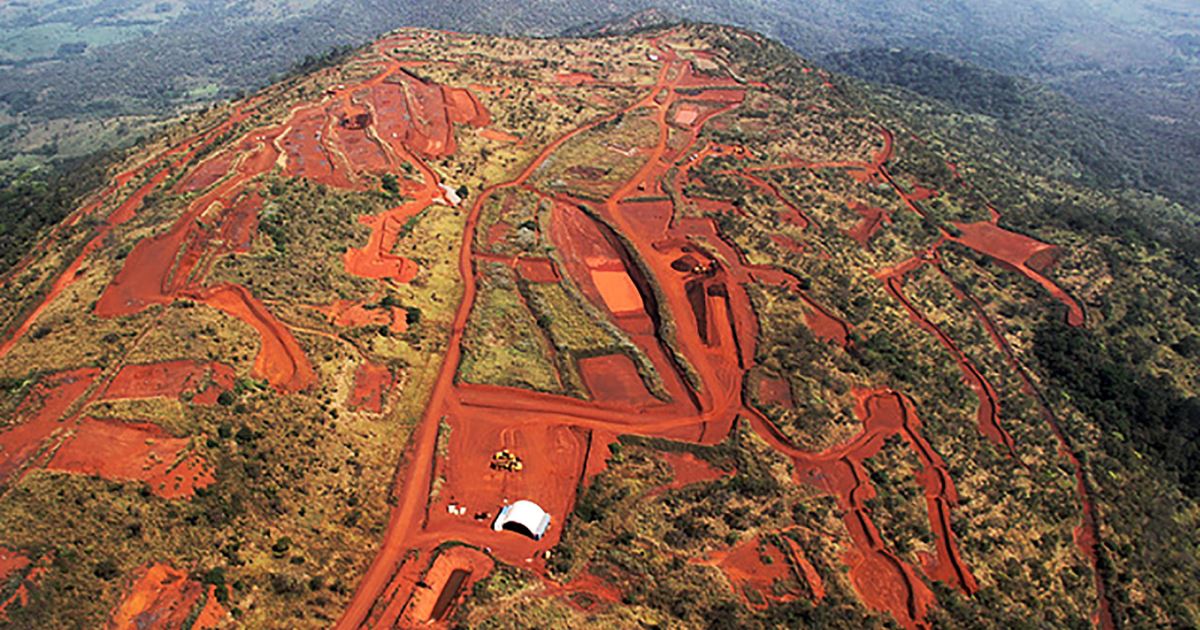

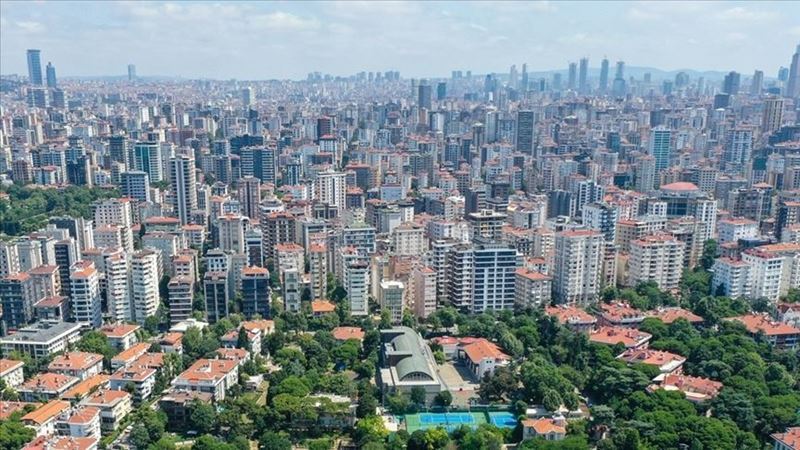
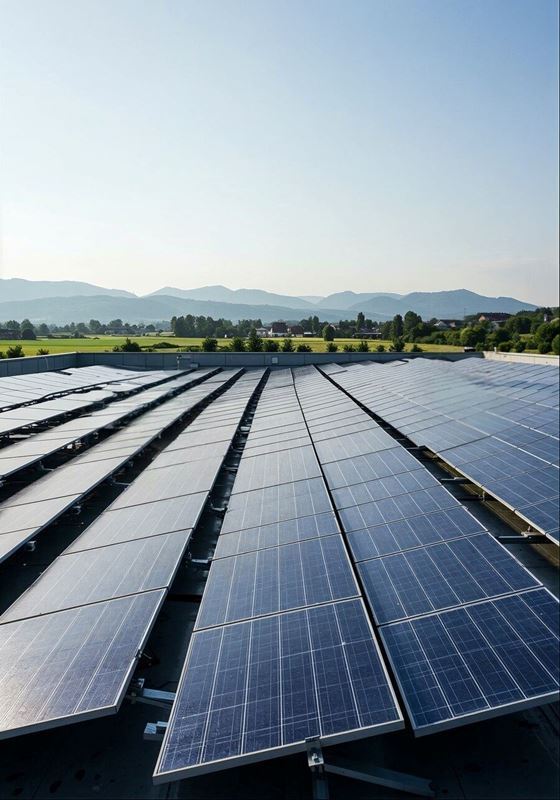
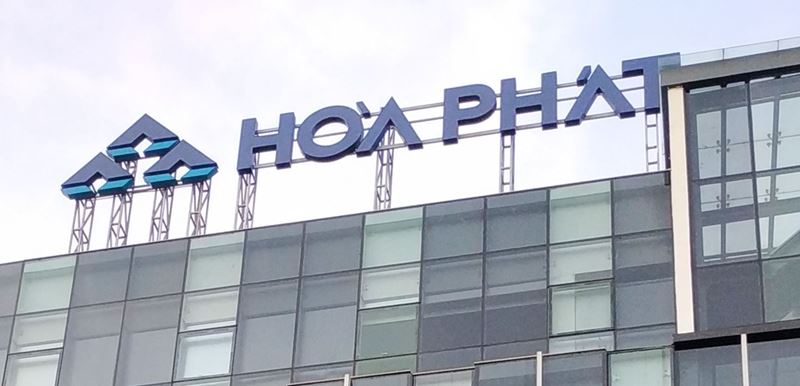
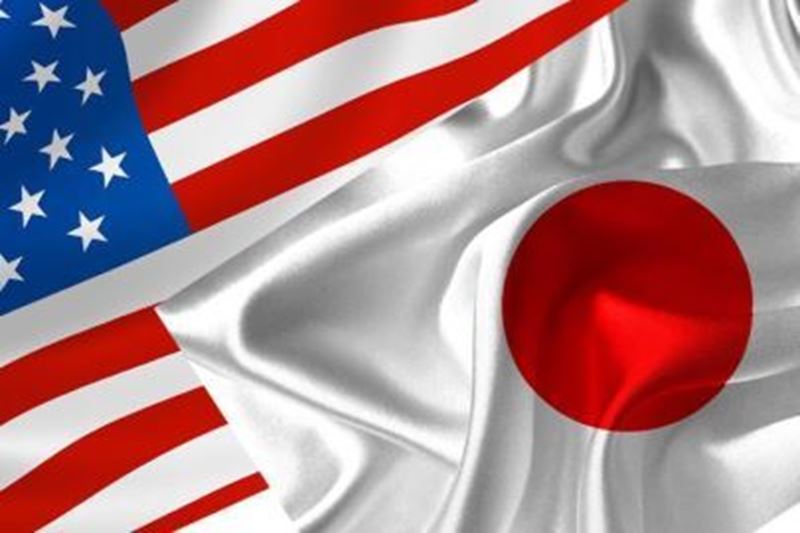
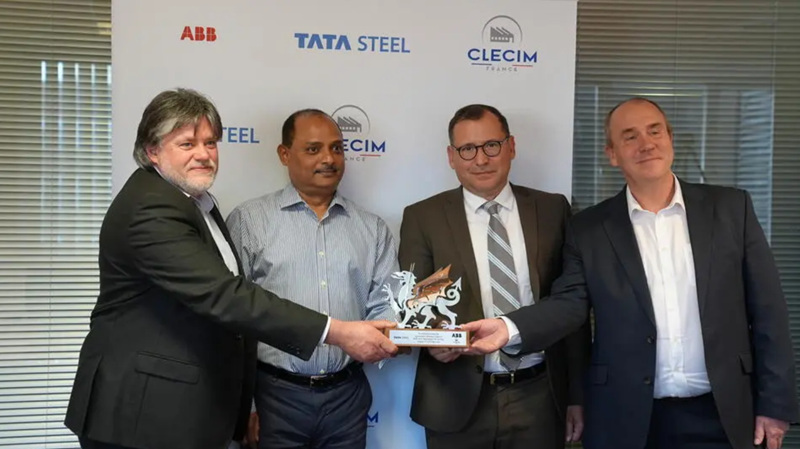


Comments
No comment yet.